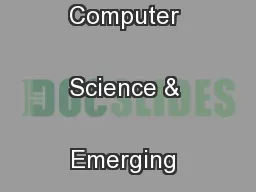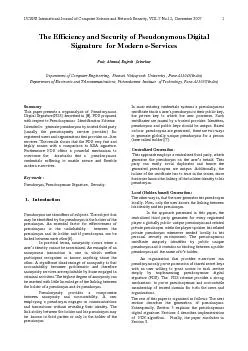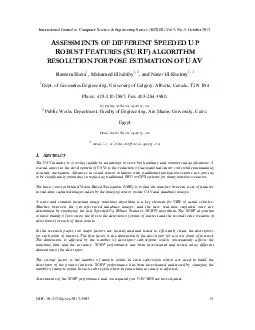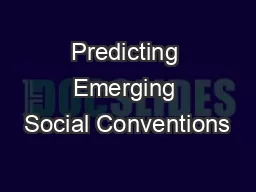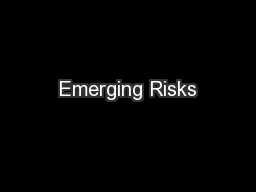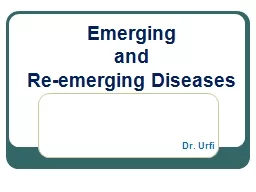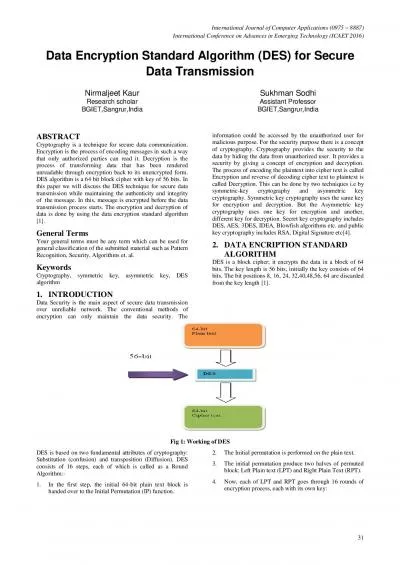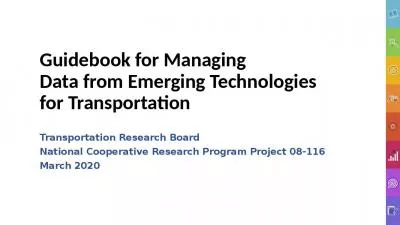PDF-International Journal of Computer Science & Emerging Technologies (E .
Author : alexa-scheidler | Published Date : 2016-06-02
ISSN 2044 6004 139 Volume 2 Issue 1 February 2011 Automatic Decipherment of Ancient Indian Epigraphical Scripts A Brief Review Soumya A 1 and G Hemantha Kumar 2 1 Department
Presentation Embed Code
Download Presentation
Download Presentation The PPT/PDF document "International Journal of Computer Scienc..." is the property of its rightful owner. Permission is granted to download and print the materials on this website for personal, non-commercial use only, and to display it on your personal computer provided you do not modify the materials and that you retain all copyright notices contained in the materials. By downloading content from our website, you accept the terms of this agreement.
International Journal of Computer Science & Emerging Technologies (E .: Transcript
Download Rules Of Document
"International Journal of Computer Science & Emerging Technologies (E
."The content belongs to its owner. You may download and print it for personal use, without modification, and keep all copyright notices. By downloading, you agree to these terms.
Related Documents

